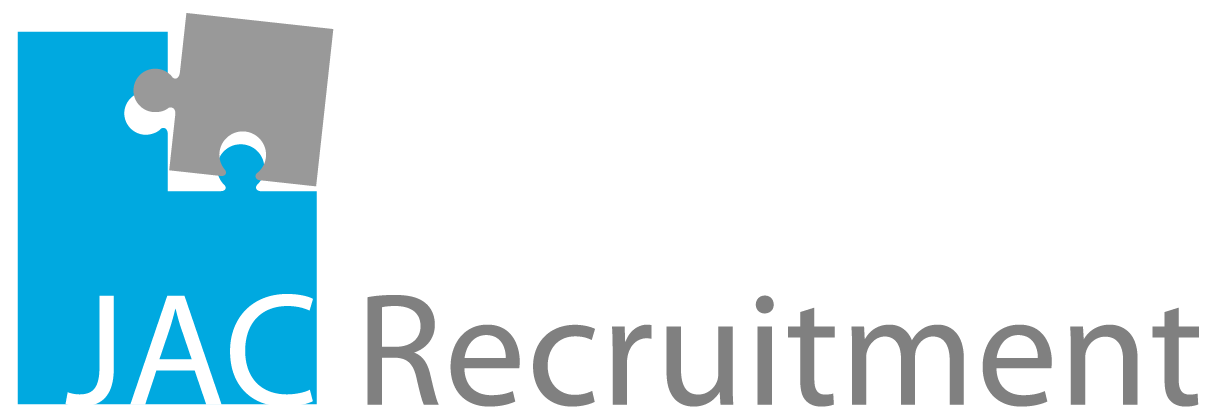“Job hopping.”
It is a phrase that means different things to different people. For some, it is a sign of ambition and adaptability. For others, it raises questions about focus, reliability, or staying power.
The truth is, hopping has become far more common and far more complex than it used to be. But many of the conversations around it still fall into a binary: pro or con, good or bad, loyal or risky.
What if we looked at it differently?
1. Career experimentation or lack of focus?
For many early-career professionals, job changes are part of figuring things out. New environments, different teams, and varied responsibilities offer a crash course in self-awareness and skills development.
But from a hiring perspective, multiple shortstints can create uncertainty. It Is not always clear whether a candidate is strategically exploring, or still struggling to find direction.
That is where clarity matters. Being able to explain what each role taught you, and how it shaped your career thinking, can shift perceptions. For hiring teams, asking about decision-making, not just durations, often reveals whether the moves were reactive or intentional.
2. What’s the story behind the moves?
A resume shows a timeline. But it rarely shows the context. Was the move triggered by layoffs? A values clash? A personal relocation? Or a desire for growth that was not available?
The key is not whether someone moved often, it is how they think about those moves now. People who can explain what worked, what did not, and how they made each decision tend to build trust quickly.
On the hiring side, open-ended questions around career choices help surface this thinking. On the candidate side, being honest about lessons learned (not just achievements) if often more powerful than a polished narrative.
3. Rethinking the “two-to-three years rule”
There is a long-standing belief that staying in a role for at least two to three years shows commitment. And in many cases, it does. Long tenures can allow professionals to work through challenges, develop depth, and contribute to bigger-picture goals.
But not every environment moves at the same pace. Some industries like tech, creative, start-ups, operate in fast cycles where meaningful contributions happen quickly. And for project-based roles, “short” does not always mean shallow.
Still, when patterns of brief roles repeat, hiring managers are right to ask why. The more candidates can show what was delivered during that time, and how it connects totheir goals, the easier it is to shift the focus from how long they stayed to what they brought to the table.
4. The hidden cost of constant transition
Every job change comes with a learning curve - new tools, systems, people, and expectations. While some professionals thrive in constant motion, others experience fatigue beneath the surface.
From an organisational lens, turnover impacts more than headcount. Repeated transitions can interrupt team momentum, weaken knowledge retention, and increase training load.
This does not mean frequent movers are always a risk. Many bring agility and resilience. But it is worth understanding whether the candidate has found ways to sustain their energy and stay engaged through change. Asking how they approach transitions, not just why they made them, can be a helpful guide.
5. When job hopping fills the gaps
Sometimes, people leave not because they want to but because they feel they have hit a ceiling. When internal mobility is limited or unclear, external opportunity becomes the only path forward.
For employers, this is a reminder to look inward. Have we made growth paths visible? Are we offering stretch opportunities before people feel the need to look elsewhere?
And for candidates, it helps to talk openly about what you were seeking. If you tried to grow internally but could not, that shows initiative not impatience.
6. Market instability or personal instability?
Not all short stints reflect poor decisions. Layoffs, restructures, and unexpected leadership changes are increasingly common, especially in global or high-growth industries. Sometimes, the pattern of short roles is less about individual choice, and more about unstable environments.
Hiring managers can explore this by asking how candidates responded to those challenges. Did they try to influence the outcome? Did they adapt quickly? Did they leave by choice, or necessity?
And for candidates, explaining the context calmly, without defensiveness, helps clarify what was in your control and what was not.
7. What you gain and what you might miss
Those who change jobs often tend to build powerful strengths: adaptability, stakeholder management, cross-functional collaboration, and exposure to diverse systems. They tend to hit the ground running because they have had to.
At the same time, they may have fewer opportunities to see projects through from start to finish, lead long-term strategy, or experience the slower challenges of transformation work, mentoring junior team members or owning legacy projects.
For candidates, it helps to show both: how you have gained breadth, and how you are ready to go deeper. For hiring teams, the question becomes: what kind of contribution does this role require and does this candidate’s experience align with that?
8. When the role is not the problem
Sometimes, job moves are not about advancement or dissatisfaction. They are about alignment. A mismatch in values, communication style, or expectations can prompt someone to leave, even if the role itself was a good one on paper.
Candidates who have made these kinds of moves should focus on clarity, not justification. What did you learn about the kind of environment where you do your best work? How has that shaped what you are looking for next?
And for employers, understanding what kind of culture you truly offer and being transparent about it, can help avoid future misalignments before they begin.
Closing thought
Job hopping is not a flaw or a virtue. It is a signal. One that reflects the changing nature of work, and the many reasons people move.
Sometimes it shows ambition. Sometimes misalignment. Sometimes uncertainty, curiosity, or growth. Whatever the reason, the real opportunity lies in understanding the story behind it.
For candidates, that means being able to explain the why, not just the what. For hiring teams, it means asking questions that uncover context, not just scanning timelines.Because at the end of the day, careers are rarely linear. And the people behind them rarely fit into neat, predictable boxes.
Looking to better understand job movement in your own career or in the people you hire? We are here to help you see beyond the resume and make more informed decisions. If you are considering your next step or your next hire, get in touch.


